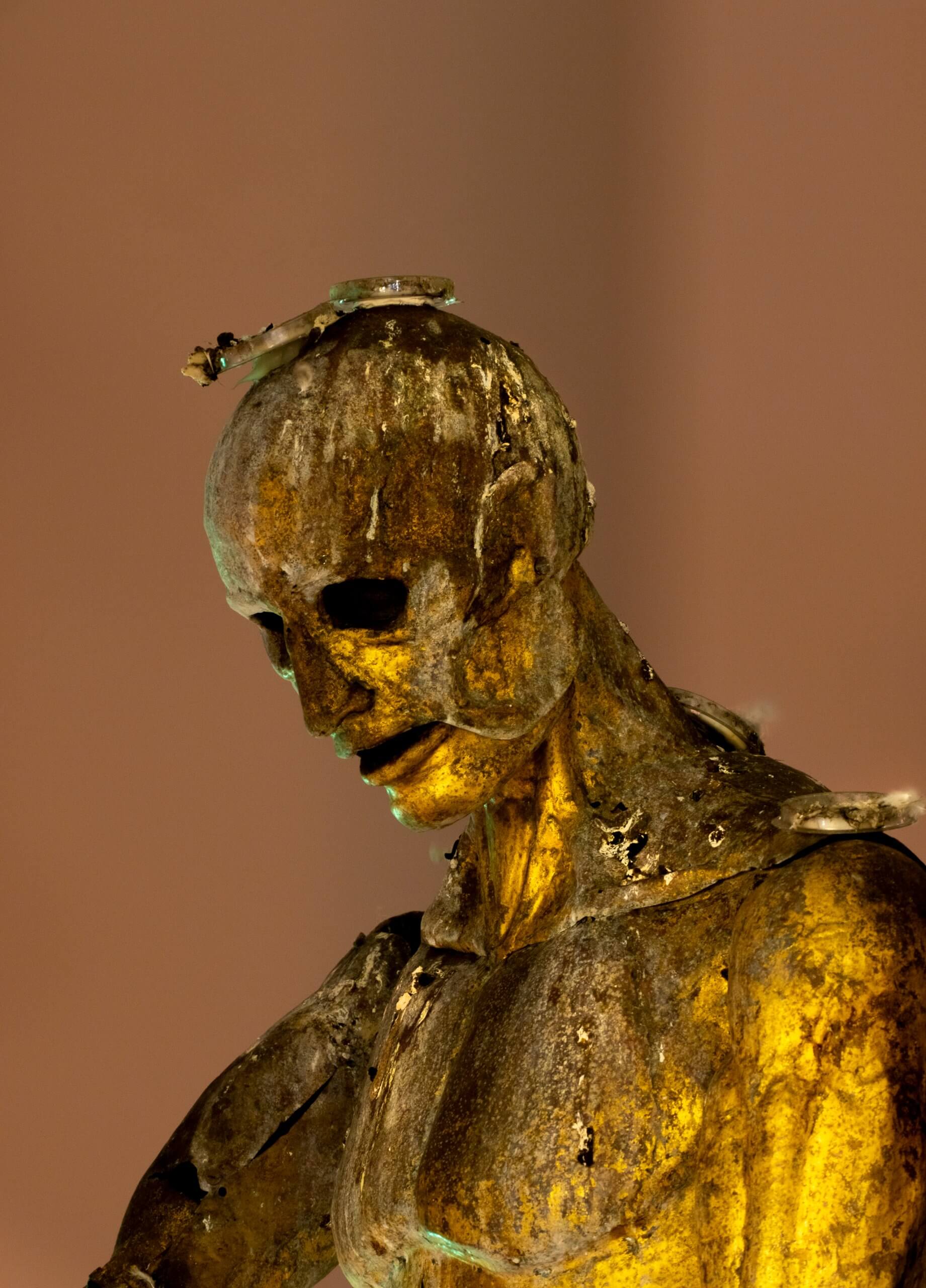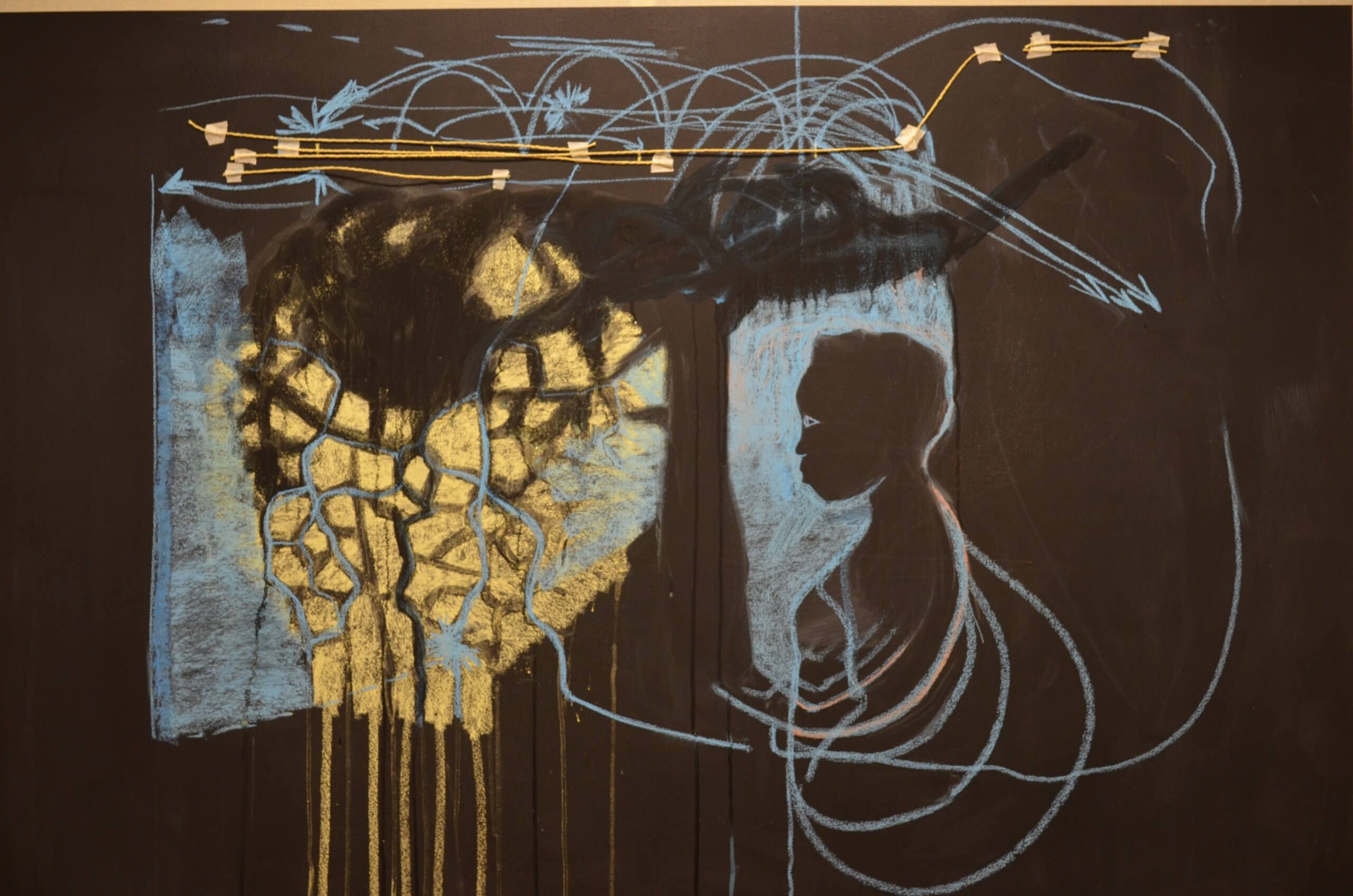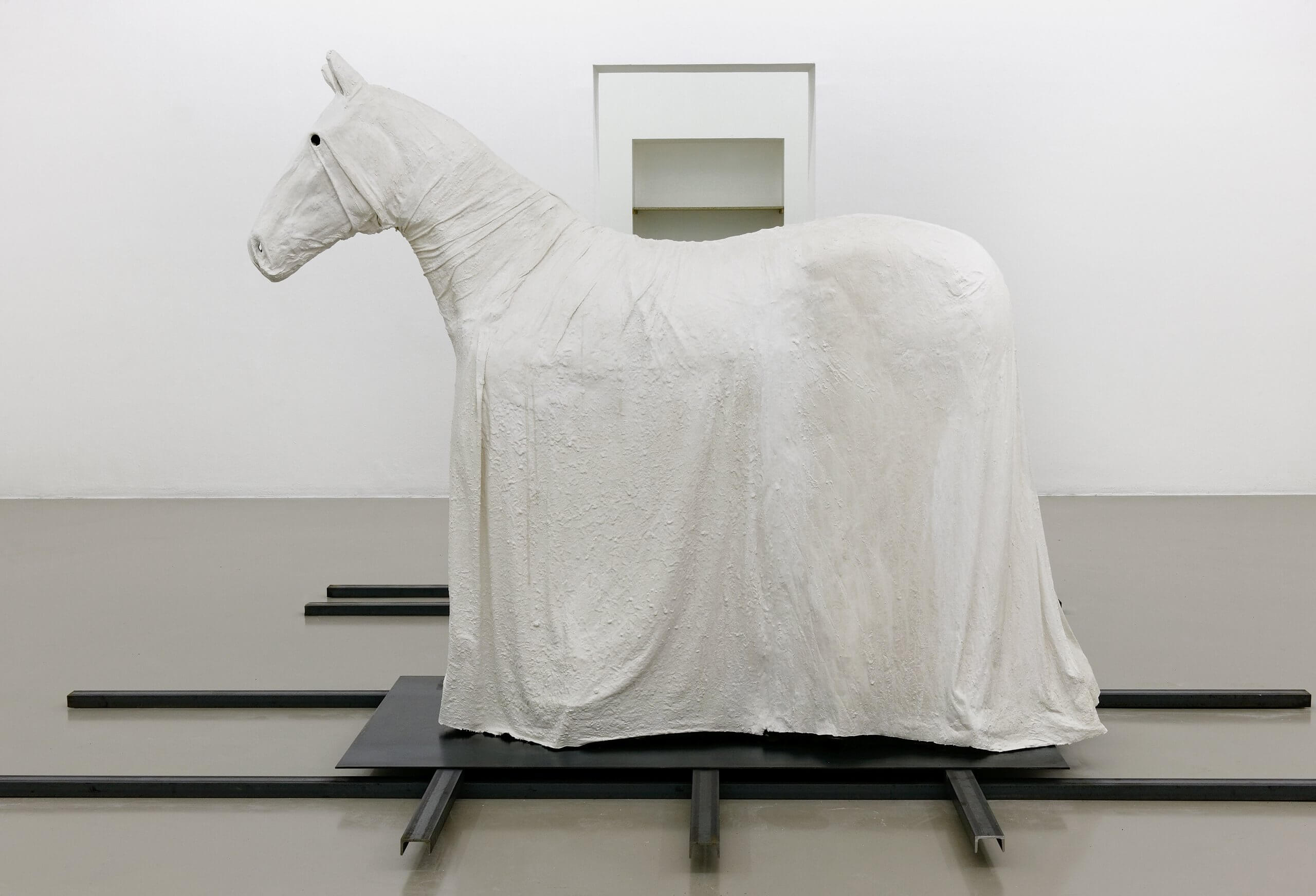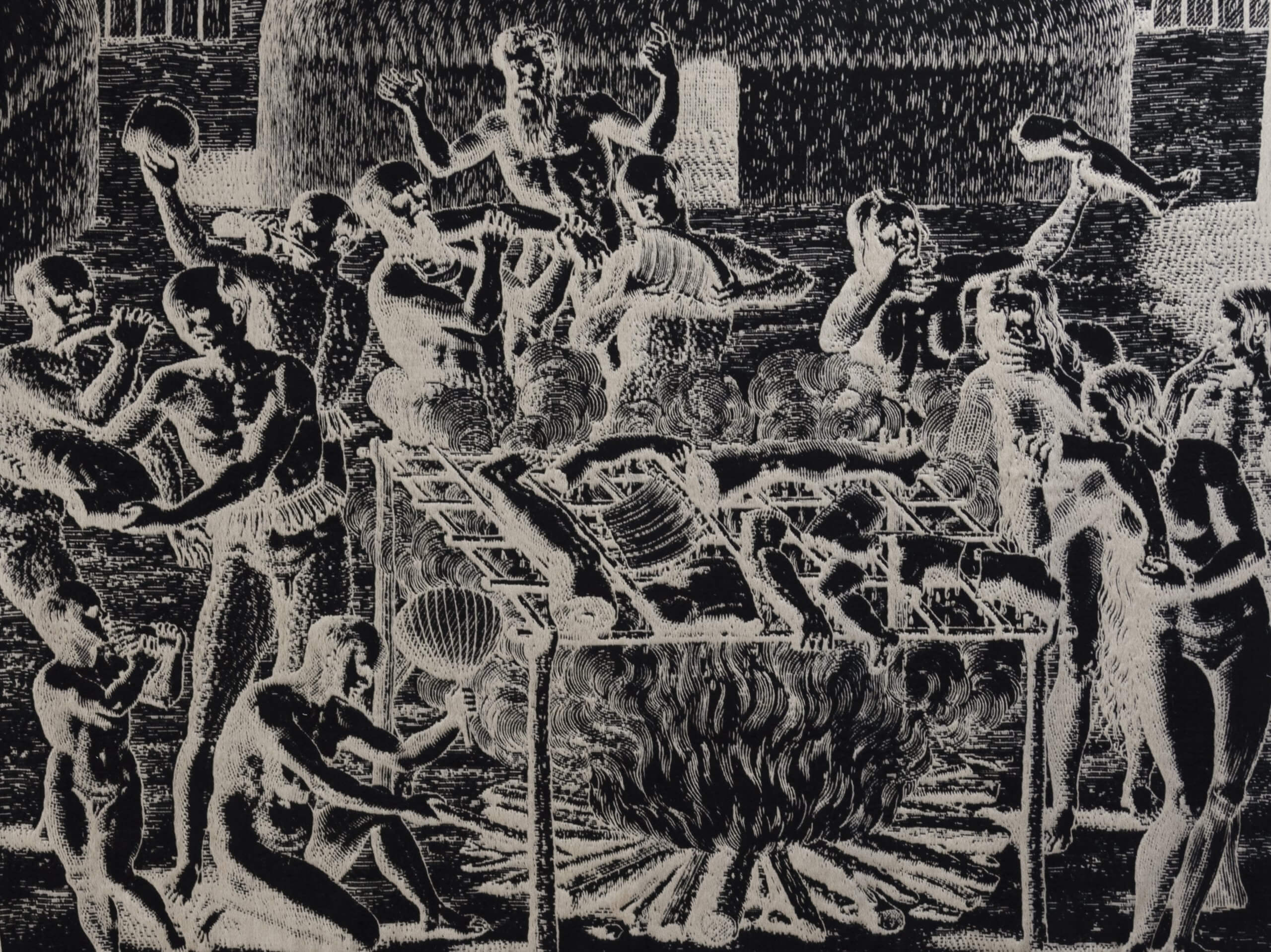SEARCH THE ENTIRE SITE

“SENSITIVE STORIES AND GEOGRAPHIES”
Editorial by Guillaume Désanges
There are always secret and involuntary links that are created in the layout of exhibitions, however disparate they may be. If only because contemporary artists share common concerns and attentions, in relation to the burning issues that agitate the world. This autumn-winter season of the Palais de Tokyo, which welcomes nine projects with varied formats and aesthetics, is no exception to the rule.
Here, it is the passage of time, that of History, of oblivion, of memory and its entanglements with the geography that can be thought of as an invisible motif.
In Cyprien Gaillard’s vast exhibition, it is the corrosive mark of History on the urban space, in correlation with a modernity in disarray, which is subtly revealed. In a double proposal at the Palais de Tokyo and Lafayette Anticipations, the artist points out, not without melancholy, the attention and care we must give to certain monuments, materials or motifs whose heroic and conquering narratives have slowly been damaged.
From history to stories, there is only one step (sideways) , which Shéérazade la nuit takes, a collective exhibition gathering artists from all continents creating fictions with a political horizon. Since changing the world’s orders means first of all changing the imaginary, these geographically anchored stories privilege other narratives, less dominant, less triumphant, less toxic and yet critical, proposing, in their irrealism, the means to think about the present and the future.
Working inside and outside the Palais de Tokyo, Guillaume Leblon summons certain stories of materials related to History of Art, which subtly blend with that of the building. Entitled Parade, his exhibition is in fact a “great gallery of the evolution” of his practice, embracing the curves, evolutions and progressive mutations of his sculpture for more than 20 years, from abstraction to figuration, from the natural to the artificial and from the archaic to the contemporary.
In Minia Biabiany’s work, the raw character of the materials is also charged, even “haunted”, by questions of identity related to the history of Guadeloupe and the Caribbean. The weight of this heritage, marked by French assimilation, colonialism and transatlantic slavery, is suggested by a weaving of signs, narratives and mediums, including the visitors’ journey in the sculptural experience. A curative approach that consists in arranging vernacular signs to fight against exoticism.
Speaking of exoticism, it is from the famous “Anthropophagous Manifesto” of the Brazilian poet and activist Oswaldo de Andrade that the artist Lívia Melzi works. A poetic and political text that, in the late 1920s, overturned the order of values by paying homage to cannibalism as an exercise of hybridization through digestion, with a profound respect for what is devoured. A fertile cruelty that is an opportunity for the Tupinambas Indians to reinvent themselves through the other while resisting the Western reason.
This season is also an opportunity to share the creative originality of friends from other cultural continents: the pioneers of the podcast Arte Radio on the occasion of their 20th anniversary, the SACre doctoral program (for artists and theorists) for its 10th anniversary and the free and committed fashion school Casa93 in Montreuil for a collective project on the image of the crowd.
Finally, to close the year of the Palais de Tokyo’s 20th anniversary, “Le Grand désenvoûtement, chapitre 1” is the initial stage of a long-term project, exploring the stories, desires and ghosts of the institution and its nearly century-old building. Freely inspired by “institutional psychotherapy”, which thinks of psychically treating institutions as much as people, creators from all disciplines propose different therapeutic ways of comprehending the place. An opportunity to share with the public original views and reflections on the history, functioning and role of cultural institutions today.
All the sensitive stories and geographies that make up this season are paradoxically based on forms of absence, invisibility and escape. Idealistic and critical artistic strategies whose narratives are deposited in a lacunar way on the objects, remain hidden in the folds of materials and words, and spread clandestinely like rumours. A way to modify our consciousness by targeting our affects.
For all this, a huge thank you to the artists who inspire us, to the teams of the Palais de Tokyo who accompany them, to the public and private partners who support us, to the friends who encourage us and to the public who oblige us by their demanding gaze.








